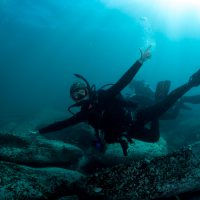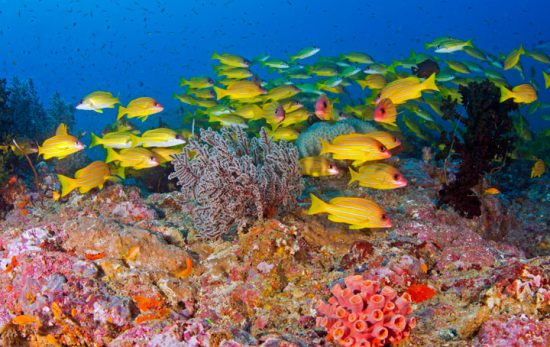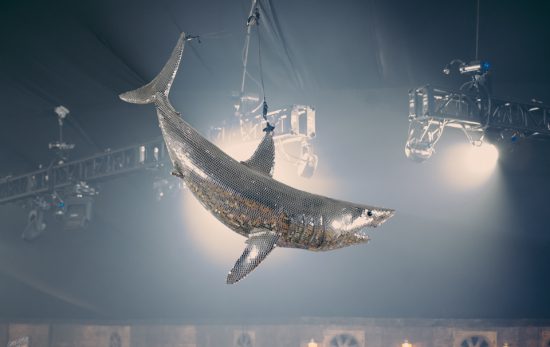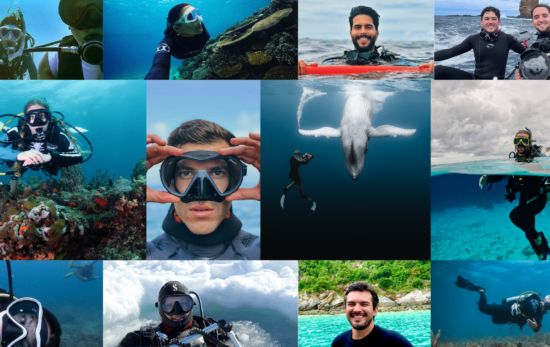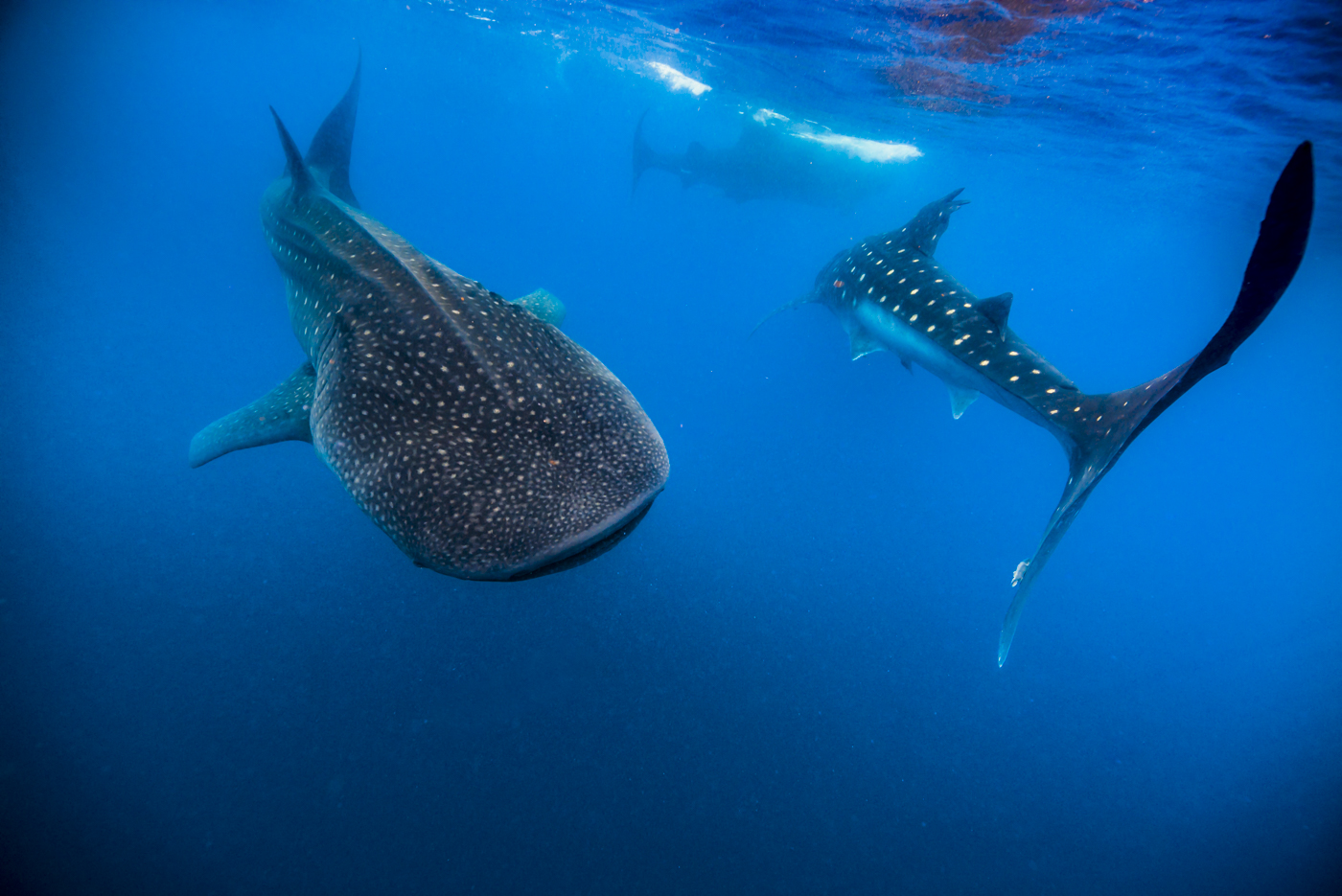Guest post by Dr Erika Sullivan
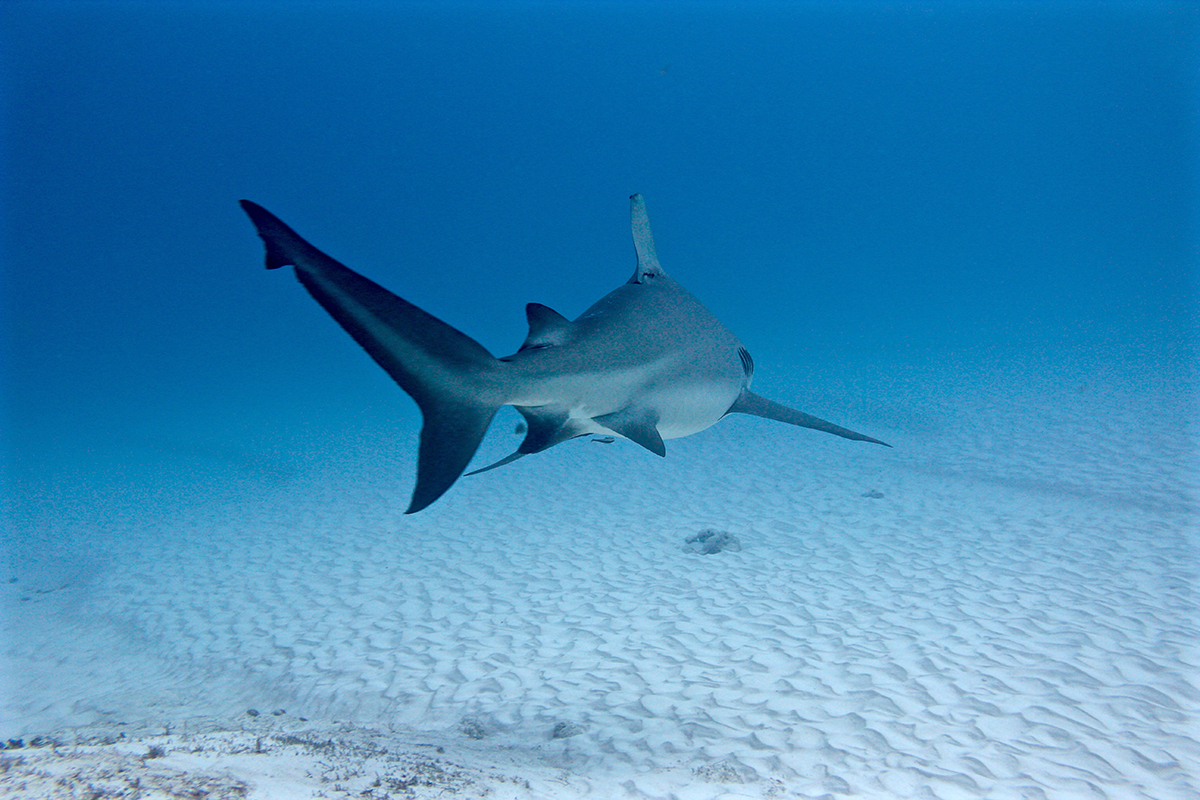 All photos supplied by Phantom Divers and Dr. Erika Sullivan
All photos supplied by Phantom Divers and Dr. Erika Sullivan
Mexico, Sí! A country revered by North Americans for escaping cold winters, historians for exploring Mayan ruins, party-goers for its tequila, and water enthusiasts for its pristine oceans. This past November I was fortunate to explore a different side of Mexico while attending a conference.
Through my work as both a veterinarian and scuba diver trainer, I am aware of the complex relationships people have with animals. To some, animals are commodities or resources, and their interdependency is practical. To others, animals equal nature and offer companionship and their interdependency is emotional. Mexico is a country with a wealth of desirable resources and like other nations has a complex history and interdependency with its animals, specifically sharks.
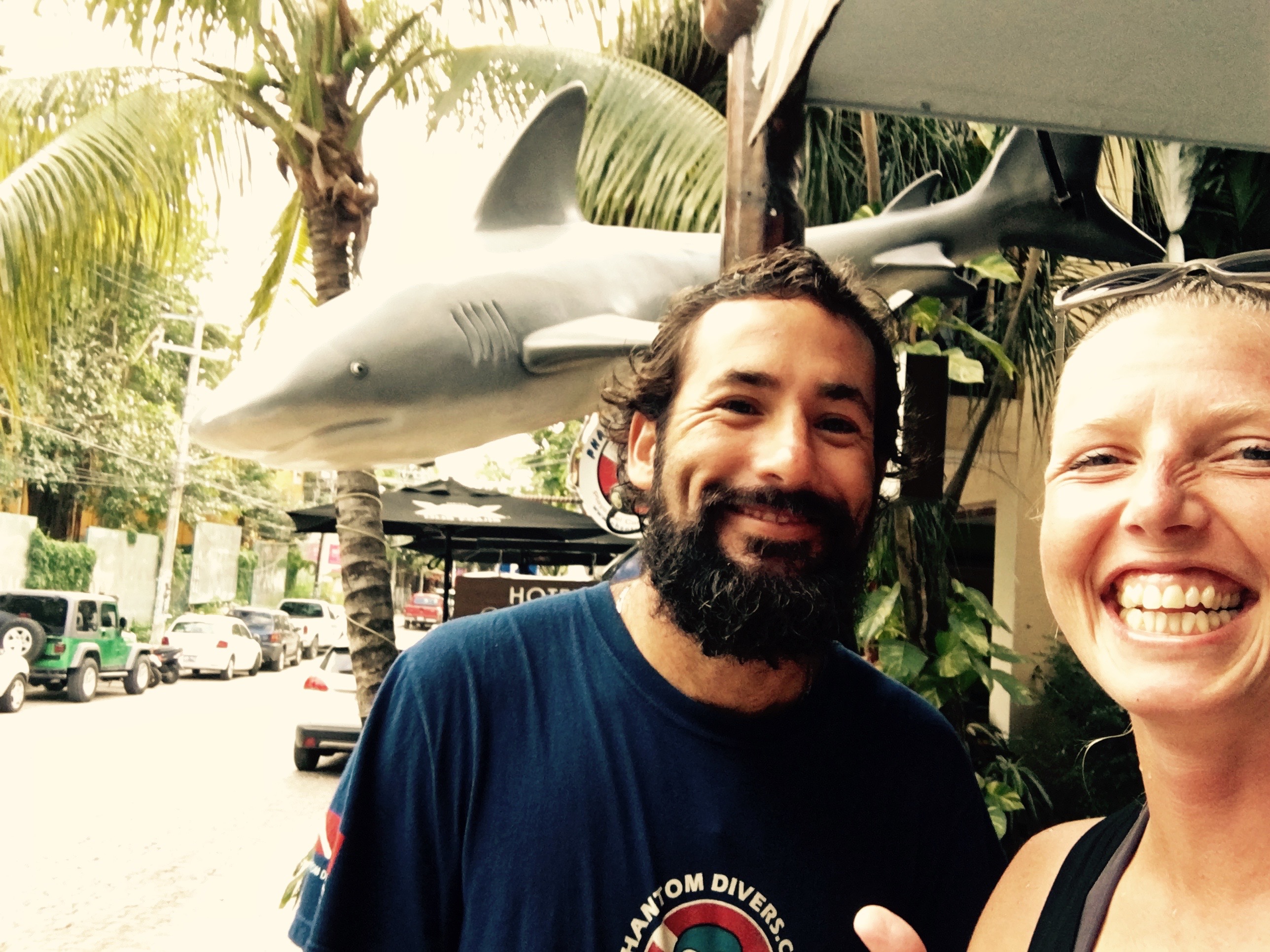 Once a necessary source of vitamin A, and valued source of trade for shark fins, Mexico’s sharks are in rapid decline and there is increased pressure on the government to enforce protection in coastal waters. Sharks are valuable in regulating ocean ecosystems and are increasingly popular in tourism, generating employment for locals and increasing gross domestic product. What will or future look like if we selectively remove sharks from unprotected waters? It is my hope that this article generates awareness on the need to reevaluate cultural practices towards sharks and offers solutions that benefit us all.
Once a necessary source of vitamin A, and valued source of trade for shark fins, Mexico’s sharks are in rapid decline and there is increased pressure on the government to enforce protection in coastal waters. Sharks are valuable in regulating ocean ecosystems and are increasingly popular in tourism, generating employment for locals and increasing gross domestic product. What will or future look like if we selectively remove sharks from unprotected waters? It is my hope that this article generates awareness on the need to reevaluate cultural practices towards sharks and offers solutions that benefit us all.
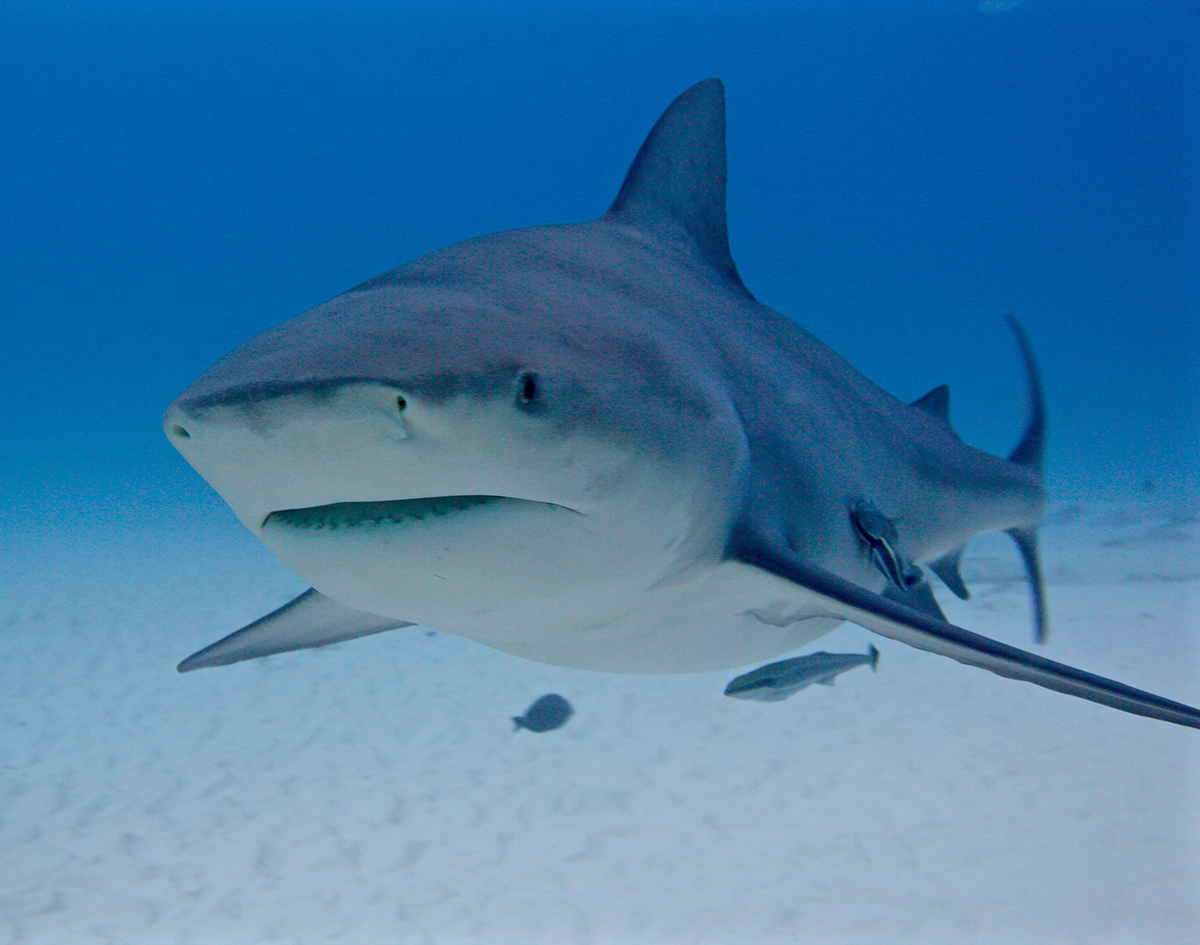
Tiburón Toro (spanish for bull shark), scientifically known as Carcharhinus leucas, is a shark feared by many. Notorious for its predilection for warm shallow waters, sometimes aggressive nature, and ability to thrive in both fresh and saltwater systems, what many don’t understand about bull sharks is that humans are not natural features on their menu. Bull sharks get their name from their conformation and portrayed persona. They have broad flat snouts, and like bulls sometimes unpredictable behaviour. Females are larger than males averaging 2.4 m in length and weighing up to 130 kg. They have round eyes, and a unique dual colour pattern, grey on top and white underneath; an evolutionary hunting design that enables them to blend in with the sea and go unnoticed by prey when viewed from above, or blend in with the sun when viewed from below. Bull sharks are migratory, viviparous (give birth to live-bearing pups), and prefer warm waters (sometimes brackish or fresh), which is the reason they migrate to Playa del Carmen, Mexico from November to March each year.
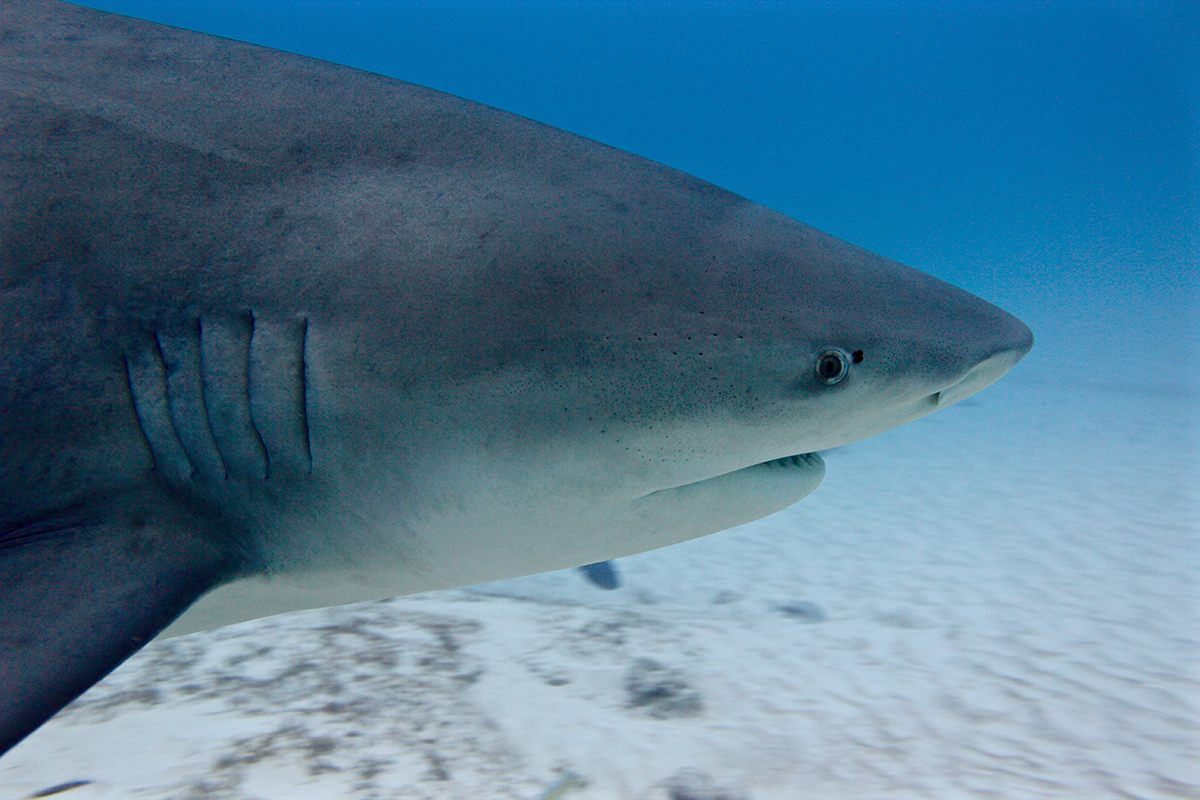
“There I was surrounded by up to ten pregnant females in the open ocean, without a cage, and the only thing snapping was my camera.“
I was enthused to join Phantom Divers and Playa del Carmen’s shark conservationists, Saving Our Sharks, to scuba dive with these so-called aggressive sharks. With a bite force of up to 5,900 Newtons, it is no wonder they are feared. Yet, there I was surrounded by up to ten pregnant females in the open ocean, without a cage, and the only thing snapping was my camera. Their wide heavy bodies swam boldly to the bait and and then gently glided over my bubbles. Having existed in our oceans for millions of years, they are apex predators that dominate the food chain and adapt to its availability. Bull sharks are opportunistic feeders, balancing marine ecosystems by removing sick individuals from healthy populations. Albeit this essential role in maintaining ocean health, the same ocean ecosystem humans rely upon, populations have diminished and humans are listed as their top predator.
Shark fisheries are still an important source of employment and food in Mexico. The majority of Mexican shark production is being consumed domestically. Fisheries utilise a variety of methods to cultivate sharks, depending on the time of year and sought-after species. Caught and sold for their meat, liver oil, fins, jaws and teeth, sadly many populations are in dramatic decline, earning Near Threatened to Critically Endangered status according the International Union for the Conservation
of Nature’s (IUCN) Red List Review. In unprotected waters like Mexico’s Caribbean Sea, sharks are often caught accidentally as by-catch. Bull sharks take up to eighteen years to reach sexual maturity and reproduce. Considering this, the accidental death of one reproductively mature female could preclude generations ahead. Kept alive, sharks offer major economic advantages as
food sources and tourist attractions. Data from countries currently enforcing protected waters for ecotourism tells us that the financial gain of keeping one shark alive could total up to 800 million US dollars, versus the forty US dollars earned for that same shark fished. If managed at a sustainable level, sharks will continue to provide sustainable income for generations ahead.
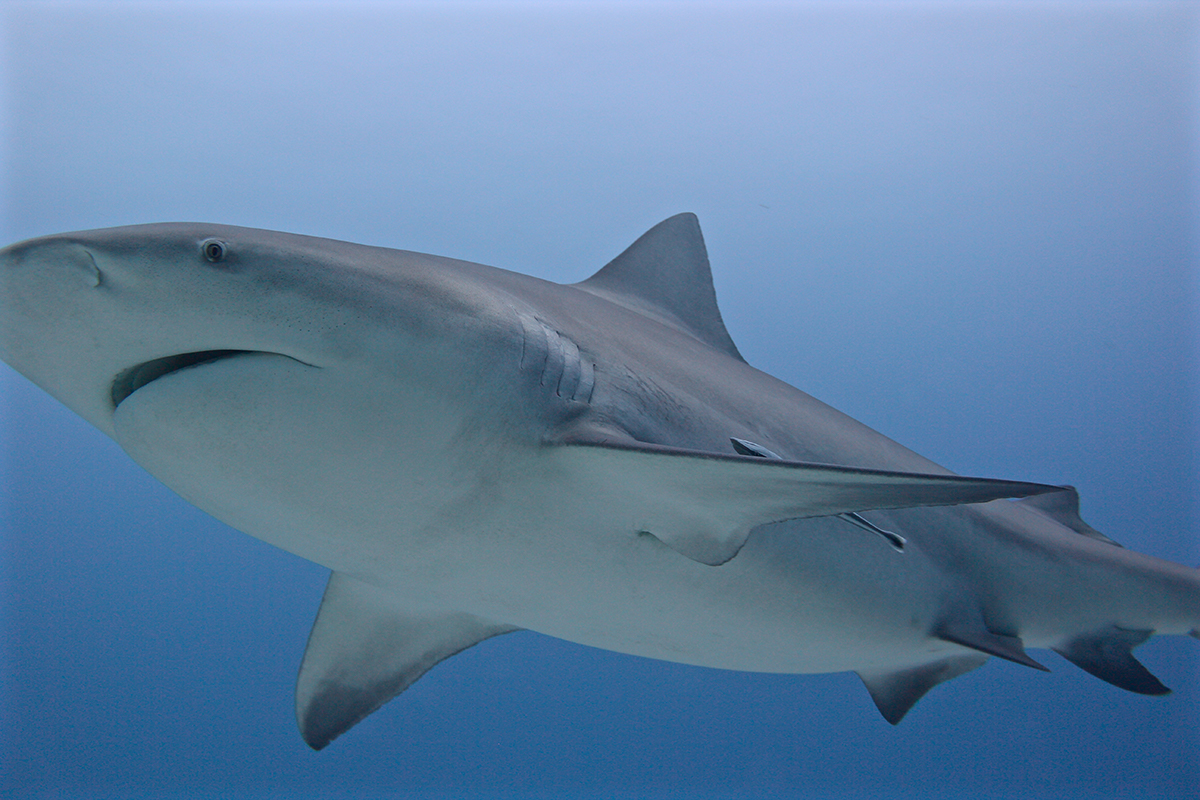
The bull sharks I swam with in Playa del Carmen are not protected. One management strategy that could be implemented is the creation of a Marine Protected Area (MPA) or sanctuary zone in these waters. MPAs not only protect local flora and fauna from other extractive industries like mining and aquarium collection, but also ensure fish populations recover from overfishing, while having favourable economic advantages through tourism.
Dive tourism not only helps dispel shark myths, but also cultivates ocean conservationists and protection in international waters. Bull sharks have a reputation as being unpredictable. Naturally people are afraid of what they can’t predict. When the media reports shark attacks on humans, an image of Hollywood’s man-eating Jaws is often portrayed to viewers, when in reality most shark attacks are actually “test bites” and not a deliberately aggressive act. Feeding is not the reason sharks attack humans, and humans are neither meaty nor fatty enough to fuel the energy needs of a muscular bull shark.
“Diving with bull sharks demonstrated that rather humans fear sharks, sharks should fear humans.”
With few natural predators, threats to sharks include human profit-driven industries including shark finning (for shark fin soup and natural remedies), shark meat, coastal development (claiming shark nurseries), pollution, and poor fisheries management practices that render sharks as by-catch. Like sharks, we depend on the ocean for life. Containing 97% of earth’s water, the ocean produces more than half of the atmosphere’s oxygen and is a major absorber of greenhouse gases like carbon dioxide. Ocean waters connect to water on land, and circulate through the atmosphere by the hydrologic cycle, essentially connecting us all.
Until proactive measures like MPAs and responsible tourism are enforced and the universal roles of sharks redefined, vulnerable sharks like the female bull sharks that migrate to Playa del Carmen each year, could be a tale of the past. The only future jeopardised by this practice, both economically and practically speaking, could be our own.
